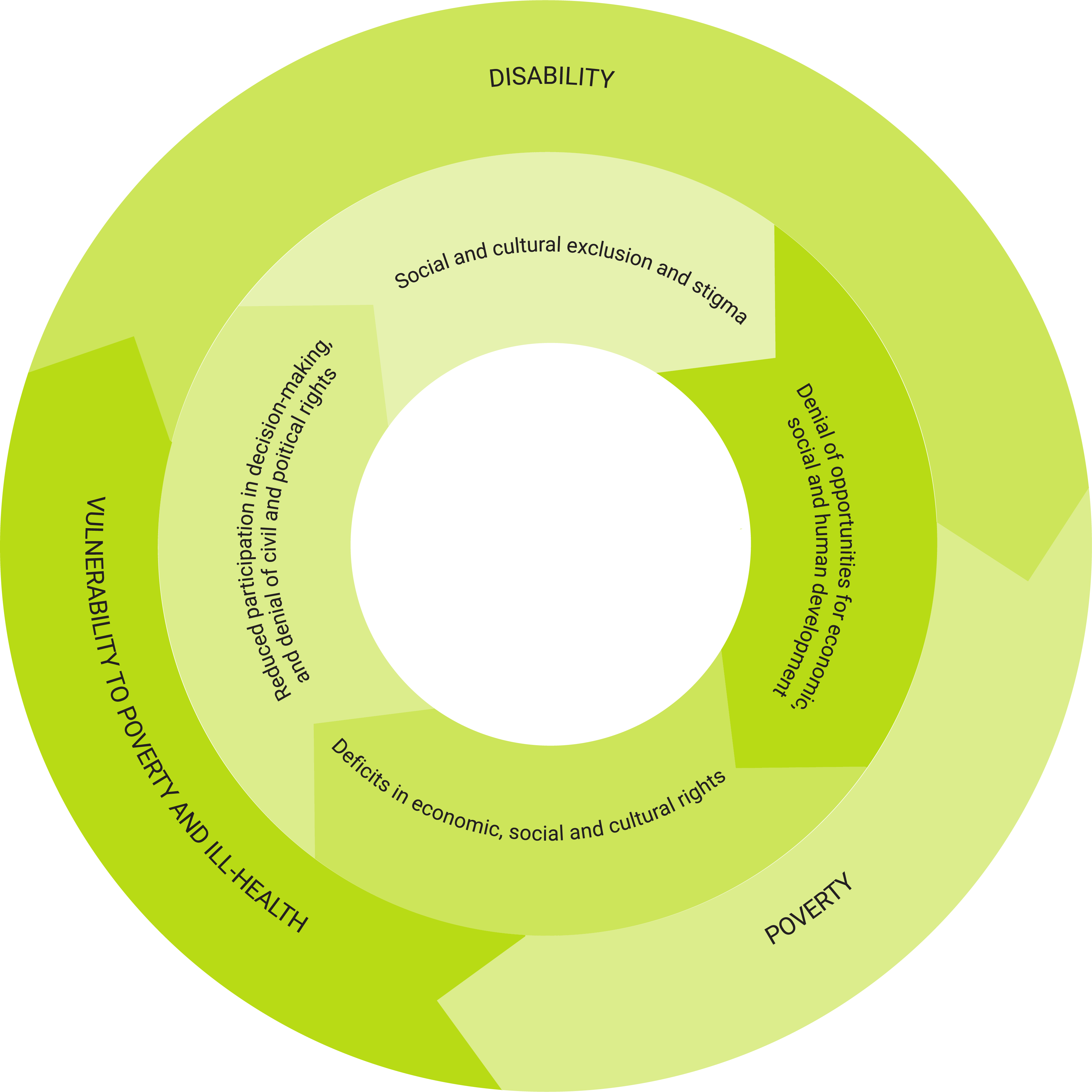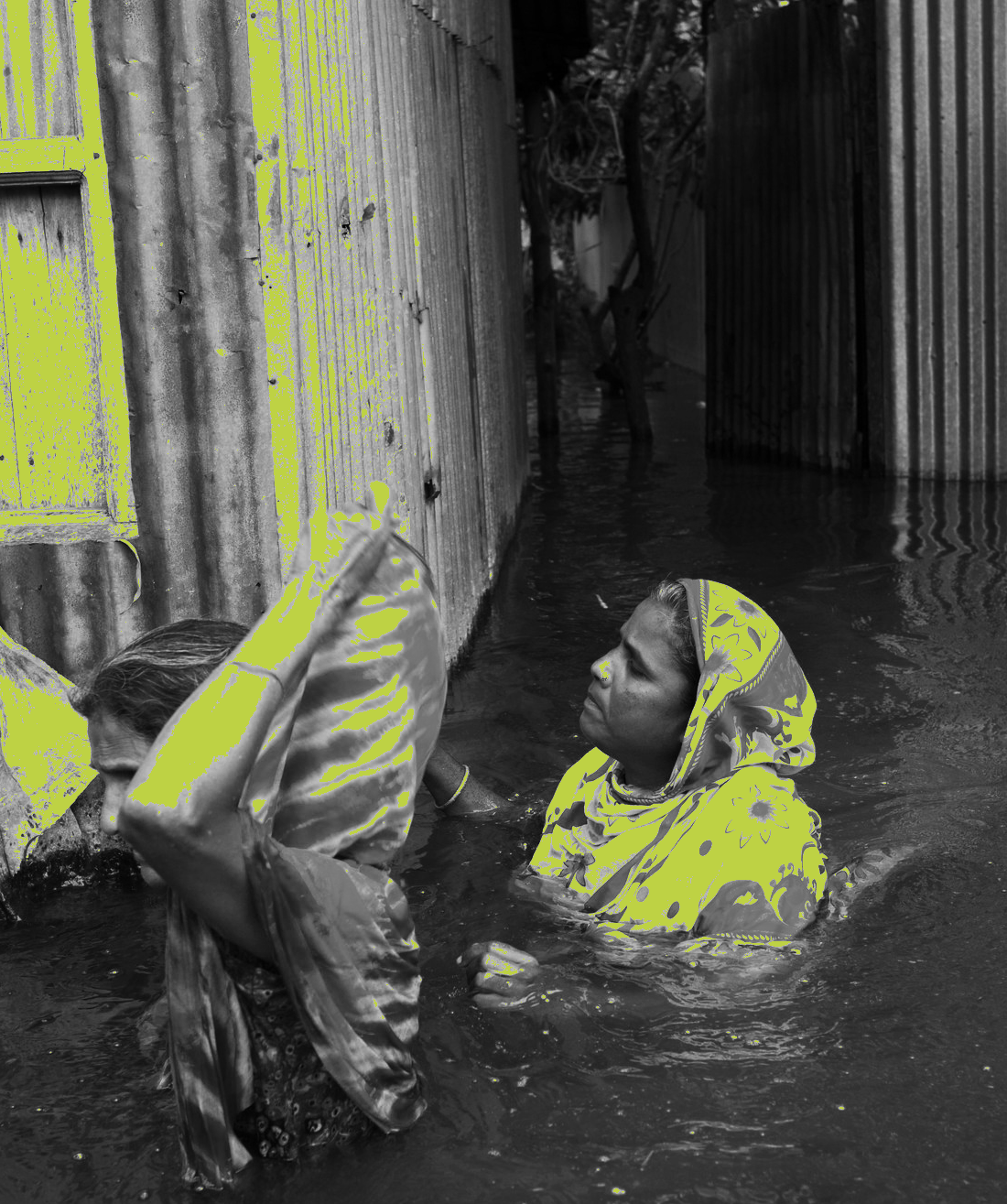
Image: Grills et al., 2017.
Climate change and mental health of PwDs
The issues of climate change, mental health, and disability have been historically viewed as mutually exclusive, unrelated concerns. However, advocacy to consider climate change as fundamentally being a human rights issue is incomplete unless interlinked with disability rights and mental health.
Limited mobility and self-preservation skills during climate change-related emergencies can adversely impact the mental health of those living with psychosocial and physical disabilities. Research demonstrates that the rising temperatures, deforestation, increasing number of natural disasters, and the consequent losses incurred — both material and emotional — are resulting in mental health concerns such as depression, PTSD and suicidality, violence, and more. Climate change-related impacts can also lead to job loss, force people to move, or lead to a loss of social support and community resources — all of which have mental health consequences.
In addition, disabled individuals may lack access to the necessary resources not only to survive emergencies but also be cut off from larger systems of social support and rehabilitation resources that may be available to the larger mainstream, able-bodied community. In a study on Tropical Cyclone Pam, which hit Vanuatu in 2015, 60 percent of people with disabilities reported a lack of safety information on what to do in an emergency before the cyclone, compared to 47 percent of people without. After Cyclone Amphan struck Bangladesh in May 2020, 71 percent of people with auditory or hearing disabilities said that early warning systems were not accessible, while 90 percent of people reported challenges related to walking or climbing stairs, and said evacuation centres and/or their toilet facilities were inaccessible. People with disabilities also face a greater risk of being separated from their usual carers and assistive devices while fleeing, which could exacerbate their vulnerabilities during displacement. Following the 2004 tsunami, conservative estimates by Human Rights Watch show that many people with disabilities in India, including several hundreds of children with intellectual disabilities, were left destitute after being separated from or even abandoned by family members, who had hitherto provided financial support and care.
There is increasing evidence that disabled individuals face a higher risk of experiencing mental health concerns such as depression and PTSD as well as a higher risk of suicidality when left in such a vulnerable position. The perceived burdensomeness and general stigma surrounding disability and disabled individuals mean that a lot of them hesitate to seek help for their concerns, knowing that their caregivers are already grappling with the more pragmatic concerns surrounding their care, particularly in times when resources are scarce and supportive infrastructure is missing.
Mental health professionals need to be sensitised in their gaze towards people with disabilities – to view them as not being mere hapless victims of fate and help in cultivating agency and hope for the individuals, while becoming an active part of relief interventions and advocacy. Mental health and provision of therapy and psychiatric care for persons with disabilities are often not independent of advocacy for their rights.














